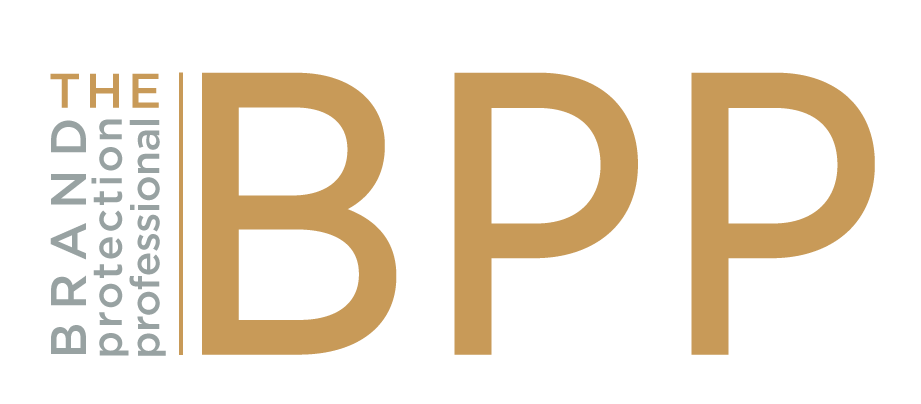Marek Piergies
Communications Committee Chairman, Alliance for Gray Market and Counterfeit Abatement (AGMA), Solutions and Services Manager, Business Security & Integrity Group, Hewlett Packard Enterprise*
Rarely can a brand protection department achieve true success on its own. Rather, the modern and progressive brand protection professional will constantly seek connections within both compliance and business functions within their company, but also externally. This is critically important to successful defense of the brand. While brand protection organizations often feature professionals from diverse backgrounds with expertise in a wide variety of disciplines, often this simply isn’t enough to ensure a comprehensive perspective. Frequently, strong associations with partners in a variety of capacities can turn an effective brand protection team into a world-class compliance organization.
Opportunities for partnership within a company exist on multiple fronts. Often the most obvious partnership opportunities are with other compliance functions, as brand protection is in fact a compliance focused discipline. Close ties to the IT and information security departments are natural collaborative opportunities and can be more important depending on the industry. For multinationals, global trade controls (e.g. restricted parties, embargo countries, etc.) often overlap with brand protection risk mitigation efforts, such as verification of end user identity and ensuring products remain inside a particular sales territory. But without a doubt, the legal function is fundamentally the most critical touchstone for brand protection professionals. Whether drafting contracts with distributors to curtail grey marketing, sending cease-and-desist letters to infringers in a particular geography, finding a local law firm to help file a claim, country specific business/contract lawyers are a key partner to brand protection teams. Additionally, having an in-house litigation function can be invaluable when pursuing affirmative recovery efforts to turn losses into profits through awards of damages.
However, on top of compliance contacts, a strong interlock with business leaders and sales executives is also a critical part of a successful brand protection effort. Commercial management ultimately owns the relationships with customers and channel partners, which can be critically important when trying to remedy noncompliant behavior on the part of a distributor, for example. Additionally, business leadership can set the tone for brand protection as a priority for the enterprise. Without this support, convincing salespeople that focus on the long-term profitability of the business (rather than myopic prioritization of short-term revenue) is a priority can be challenging.
But what about outside the organization? Which external partnerships can be most beneficial? Well, strong relationships with law enforcement and prosecutorial resources are tantamount. Many times, law enforcement will de-prioritize brand protection cases in favor of pursuing what they may consider as more “significant” issues. A track record of responsiveness to law enforcement, as well as a reputation for bringing complete and accurate leads, can lead to increased effectiveness of referrals to law enforcement. Similarly, fostering a relationship with a prosecutor who understands that brand protection issues are not less important that other frauds can also lead to better results for the corporate brand protection department and ultimately the brand.
Relationships with customs organizations can also represent significant value for brand protection professionals. The goal should be arming customs with the knowledge and information they need to help prepare your brand for protection. If customs officials know the telltale signs of your product and how to identify obvious fakes makes it easy for customs to seize counterfeit shipments when they cross the border. Thusly, regular trainings and presentations to customs officials can ensure they are up to date on the latest features and restrictions of your products.
However, relationships with trade organizations and alliances (such as the Alliance for Gray Market and Counterfeit Abatement) can also be beneficial for the “health” of a brand protection department. These organizations often bring brand owners together with others in their sector such as service providers, law firms, “think tanks”, and other consultants who can help bring new ideas and viewpoints to the table. But beyond this, relationships with other compliance professionals and service providers can help the brand protection professional stay current with the most up-to-date technologies, trends, risks, and developments in the industry.
Relationships and partnerships play a critical role in the successful delivery of effective brand protection. Fostering widespread and long-lasting relationships should be a primary goal of anyone working in the brand protection industry. You never know when you may need some help from your friends.
*The opinions and views expressed herein are those of the author in his capacity with AGMA and do not represent and should not be taken as the views of Hewlett Packard Enterprise.
THE BRAND PROTECTION PROFESSIONAL |JUNE 2021 | VOLUME 6 NUMBER 2
2021 COPYRIGHT MICHIGAN STATE UNIVERSITY BOARD OF TRUSTEES
THE BRAND PROTECTION PROFESSIONAL |DECEMBER 2017 | VOLUME 2 NUMBER 4
2017 COPYRIGHT MICHIGAN STATE UNIVERSITY BOARD OF TRUSTEES
